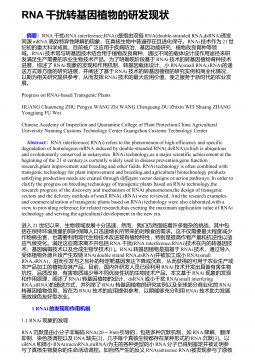搅拌性能比较单轴和双轴搅拌机-中文英文-11000字
河南理工大学万方科技学院本科毕业论文附录:外文资料与中文翻译外文资料:ComparingmixingperformanceofuniaxialandbiaxialbinblendersAmitMehrotraandFernandoJ.MuzzioDepartmentofChemicalandBiochemicalEngineering,RutgersUniversity,Piscataway,NJ,08855,UnitedStatesReceived17February2009;revised30May2009;accepted14June2009.Availableonline27June2...
相关推荐
-
2023年主题教育“六个方面”个人对照检查剖析材料【两篇文】(在理论学习方面、政治素质、能力本领、担当作为、工作作风方面、廉洁自律等6个方面存在的问题)

 2023-08-18 999+
2023-08-18 999+ -
10篇2023年主题教育优秀专题党课讲稿范文(供参考)
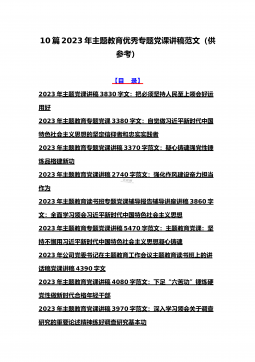
 2023-08-23 999+
2023-08-23 999+ -
如何正确认识伟大建党精神的时代价值与实践要求?【含两份答案】
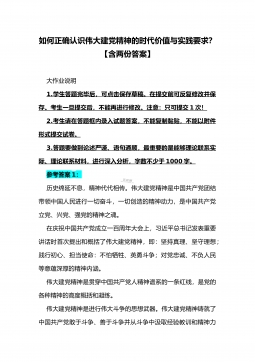
 2023-10-26 999+
2023-10-26 999+ -
2024年党建工作要点工作计划5篇供参考
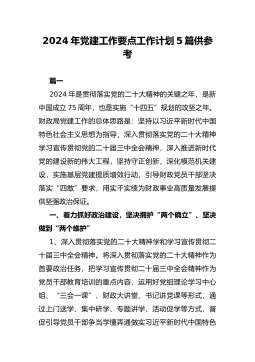
 2023-12-16 999+
2023-12-16 999+ -
维护党中央权威和集中统一领导方面存在的问题【8篇】2024年
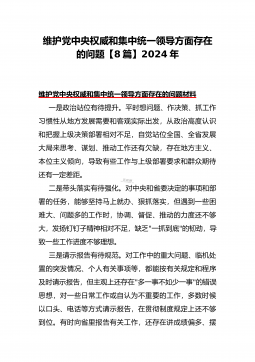
 2023-12-30 999+
2023-12-30 999+ -
2024年重点围绕“维护党中央权威和集中统一领导、履行从严治党政治责任”等六个方面对照检查材料+存在的问题【5篇文】

 2023-12-30 851
2023-12-30 851 -
2024年维护党中央权威和集中统一领导方面存在的问题5篇文
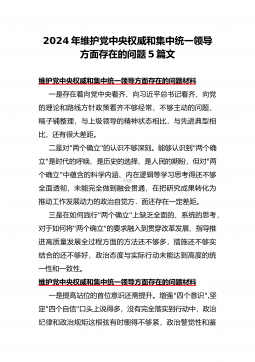
 2023-12-30 999+
2023-12-30 999+ -
2024年围绕“履行全面从严治党政治责任方面存在的问题”等六个方面对照检查材料(七篇)汇编供借鉴

 2024-01-03 576
2024-01-03 576 -
围绕“求真务实、狠抓落实方面存在的问题”等六个方面对照检查材料[6篇]供参考2024年

 2024-01-03 999+
2024-01-03 999+ -
全面学习2024年全国两会精神课件(94页)

 2024-03-13 56
2024-03-13 56
相关内容
-

领导干部2024年在全市党纪学习教育动员部署会上的讲话稿2篇范文
分类:其它行业资料
时间:2024-04-17
标签:无
格式:DOCX
价格:18 光币
-
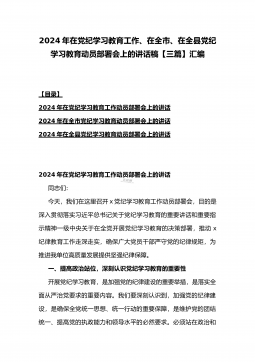
2024年在党纪学习教育工作、在全市、在全县党纪学习教育动员部署会上的讲话稿【三篇】汇编
分类:其它行业资料
时间:2024-04-17
标签:无
格式:DOCX
价格:18 光币
-
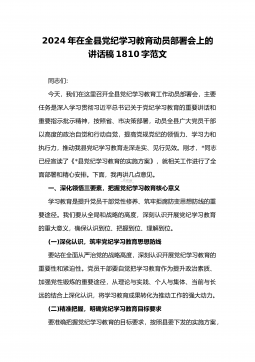
2024年在全县党纪学习教育动员部署会上的讲话稿1810字范文
分类:其它行业资料
时间:2024-04-17
标签:无
格式:DOCX
价格:15 光币
-
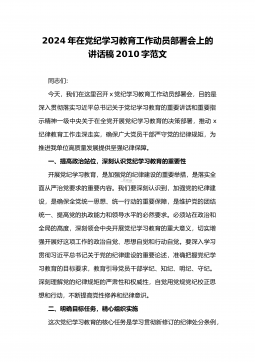
2024年在党纪学习教育工作动员部署会上的讲话稿2010字范文
分类:其它行业资料
时间:2024-04-17
标签:无
格式:DOCX
价格:15 光币
-
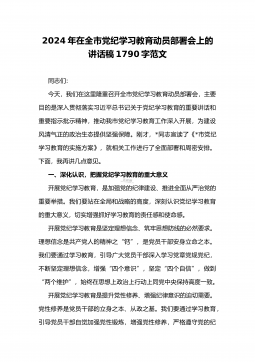
2024年在全市党纪学习教育动员部署会上的讲话稿1790字范文
分类:其它行业资料
时间:2024-04-17
标签:无
格式:DOCX
价格:15 光币




